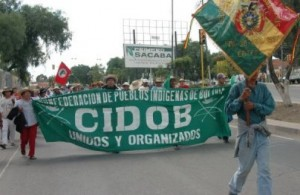Feb 19
20120
Non-Profit Industrial Complex, The International Campaign to Destabilize Bolivia, The International Campaign to Destabilize Syria, The War on Libya - There Was No Evidence
Fortune 500 Human Rights Watch Imperialism NDI NED | National Endowment for Democracy Soros USAID
Empire’s Double-Edged Sword: Global Military + NGOs
Feb 19, 2012
Tony Cartalucci, Contributing Writer Activist Post
Tearing down sovereign nations and replacing them with global system administrators
 |
|
Colonial Southeast Asia circa 1850s. Thailand/Siam
was never colonized but made many concessions. |





